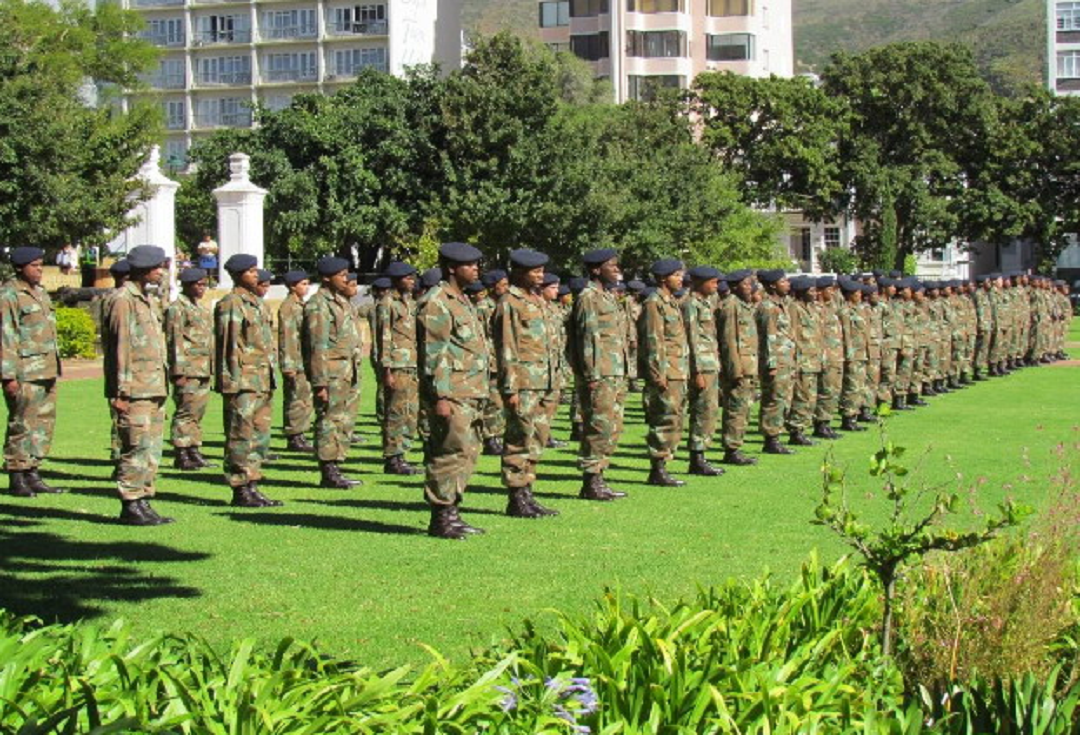
SOUTH AFRICA’S MILITARY ACADEMIES: CHALLENGES AND PROSPECTS
South Africa’s military academies play a central role in shaping the nation’s defence capabilities, with the South African Military Academy (SAMA) at the forefront. Established in 1950 and affiliated with Stellenbosch University, SAMA offers undergraduate and postgraduate degrees in military science, emphasizing leadership, strategy, and operational readiness for the South African National Defence Force (SANDF). In the post-apartheid era, these academies have evolved to promote transformation, inclusivity, and alignment with democratic values, while also addressing continental security demands such as peacekeeping operations in Africa.
Related Article: RESOURCES – AFRICAN WAR DOCUMENTARIES WORTH WATCHING
The history of South Africa’s military education mirrors the nation’s complex past. Under apartheid, the South African Defence Force (SADF) emphasized combat-oriented training to support the Border War, leading to expanded officer production during the 1970s. Following the democratic transition in 1994, the integration of former liberation armies into the SANDF marked a paradigm shift toward racial equity and civilian oversight, as articulated in the 1996 White Paper on National Defence.
Today, SAMA remains the cornerstone of professional military education (PME) in South Africa, supported by specialized institutions like the College of Military Engineering and the School for Armour. These academies blend academic rigor with practical military training, offering programs accredited under the National Qualifications Framework (NQF). Cadets pursue degrees in fields such as military technology, security studies, and strategic management, cultivating a corps of officers prepared for joint and multinational operations. However, as the SANDF contends with a shrinking defence budget reduced to just 1.1% of GDP in 2025 these institutions face increasing pressure to stretch limited resources for both education and operational readiness.
One of the most pressing challenges is financial and infrastructural under-resourcing. Repeated budget cuts have eroded the maintenance of facilities and delayed modernization efforts. SAMA relies on outdated training equipment and depends heavily on university partnerships for advanced research. The 2015 Defence Review called for sustained investment to modernize PME, yet fiscal austerity has led to deferred upgrades in simulation systems and cyber defence laboratories. Personnel shortages compound the problem: overburdened academic staff are often tasked with both teaching and operational responsibilities, diminishing research output and instructional quality.
Recruitment and retention issues further strain the system. Many young South Africans perceive military service as unattractive compared to civilian career opportunities, especially amid high unemployment. The Military Skills Development System struggles with low enrolment and an aging reserve force, while rigorous entry standards and socioeconomic barriers deter capable candidates from disadvantaged backgrounds. Post-service reintegration programs remain limited, causing skilled personnel to leave for the private sector. Surveys indicate that only a small proportion of youth view the military as a viable long-term career path, highlighting the need for proactive recruitment campaigns and greater alignment between military service and national development goals.
Another challenge lies in balancing military discipline with academic integrity. The shift from war-centric studies to broader security paradigms has at times marginalized traditional subjects such as military history and strategy. Friction between military and academic cultures has hindered curriculum coherence, with deployments disrupting academic schedules and many senior officers lacking NQF-recognized qualifications. This disconnect has occasionally translated into operational inefficiencies, particularly in peacekeeping missions where inadequate ethical and strategic training led to disciplinary lapses.
Despite these obstacles, promising developments signal a potential turnaround. The 2015 Defence Review recommended deeper collaboration with universities, including the expansion of SAMA’s postgraduate programs in partnership with Stellenbosch University. These initiatives aim to accredit all PME pathways and make tertiary qualifications prerequisites for promotion. Innovation is also gaining ground: the establishment of an Artificial Intelligence Research Unit at SAMA in 2024 underscores a commitment to preparing cadets for emerging domains like cyber defence and data-driven warfare. South African teams’ success in international competitions, such as the Geneva Cyber 9/12 Challenge, has further boosted morale and global visibility.
Regional and global engagement provides additional avenues for growth. Through participation in continental PME networks, SAMA and its counterparts exchange knowledge on shared African security challenges from counter-terrorism to climate-related conflicts. Youth development initiatives, such as the South African Military Youth Cadets Academy, are also expanding to instil leadership and civic discipline among young citizens, potentially replenishing the military talent pipeline. Greater emphasis on “jointness” integrated training across the army, navy, and air force could enhance interoperability and prepare officers for multinational missions.
In conclusion, South Africa’s military academies stand at a critical juncture. Addressing resource shortages, modernizing facilities, and bridging cultural divides between academia and the military are essential to their renewal. By prioritizing accredited education, inclusive recruitment, and technological innovation, these institutions can evolve into engines of national and regional defense excellence.
King Richard Igimoh, Group Editor ALO
King Richard Igimoh, Group Editor African Leadership Organisation is an award-winning journalist, editor, and publisher with over two decades of expertise in political, defence, and international affairs reporting. As Group Editor of the African Leadership Organisation—publishers of African Leadership Magazine, African Defence & Security Magazine, and Africa Projects Magazine—he delivers incisive coverage that amplifies Africa’s voice in global security, policy, and leadership discourse. He provides frontline editorial coverage of high-profile international events, including the ALM Persons of the Year, the African Summit, and the African Business and Leadership Awards (ABLA) in London, as well as the International Forum for African and Caribbean Leadership (IFAL) in New York City during the United Nations General Assembly.
Recent Posts
Categories
- Air & Aerospace15
- Border Security14
- Civil Security3
- Civil Wars4
- Crisis4
- Cyber Security4
- Defense15
- Diplomacy17
- Entrepreneurship1
- Events5
- Global Security Watch6
- Industry6
- Land & Army7
- Leadership & Training3
- Military Aviation2
- Military History27
- Military Speeches1
- Naval & Maritime8
- Resources1
- Security12
- Special Forces1
- Systems And Technology8
- Tech6
- Uncategorized3
- UNSC1
- Veterans6
- Women in Defence9
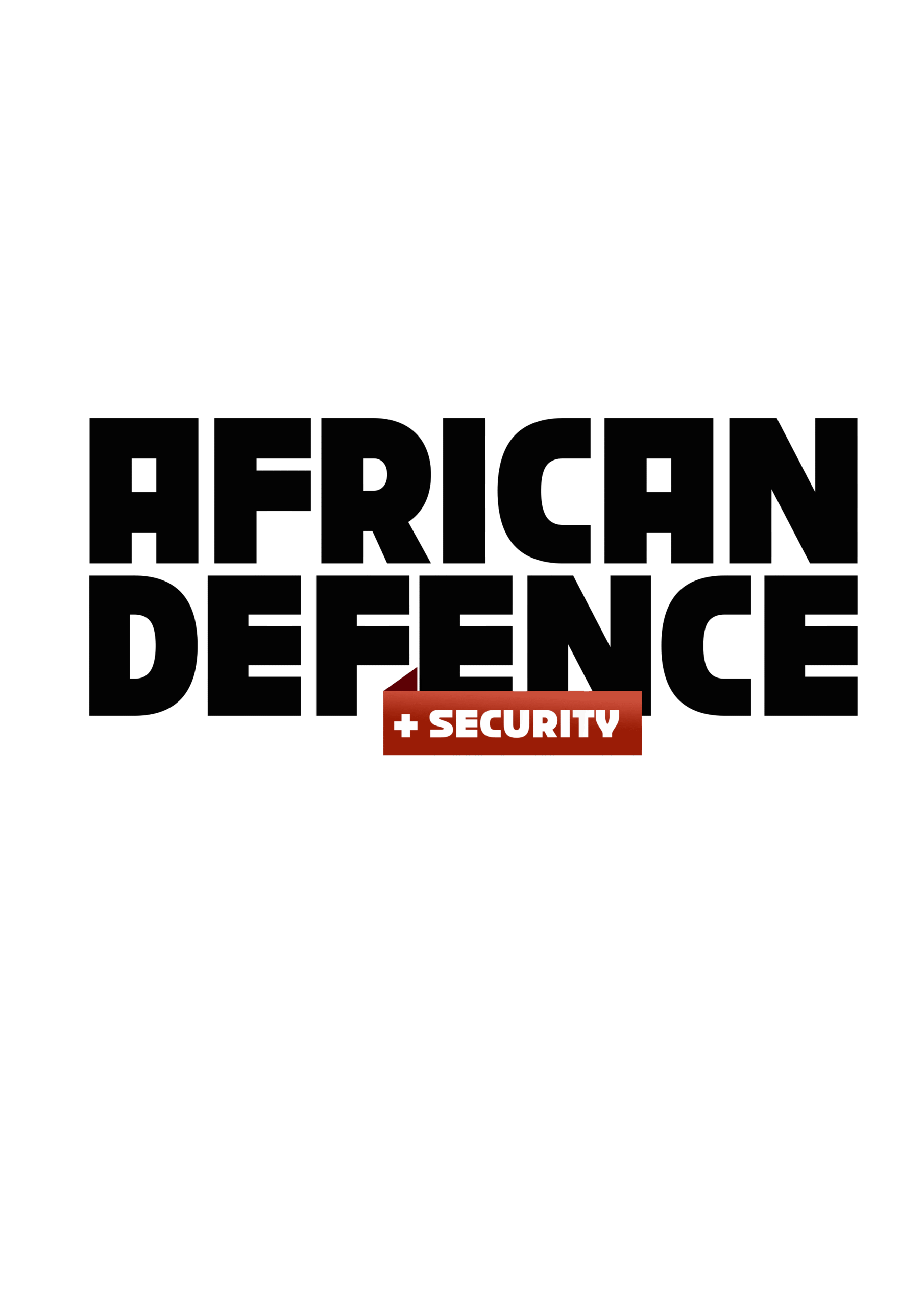
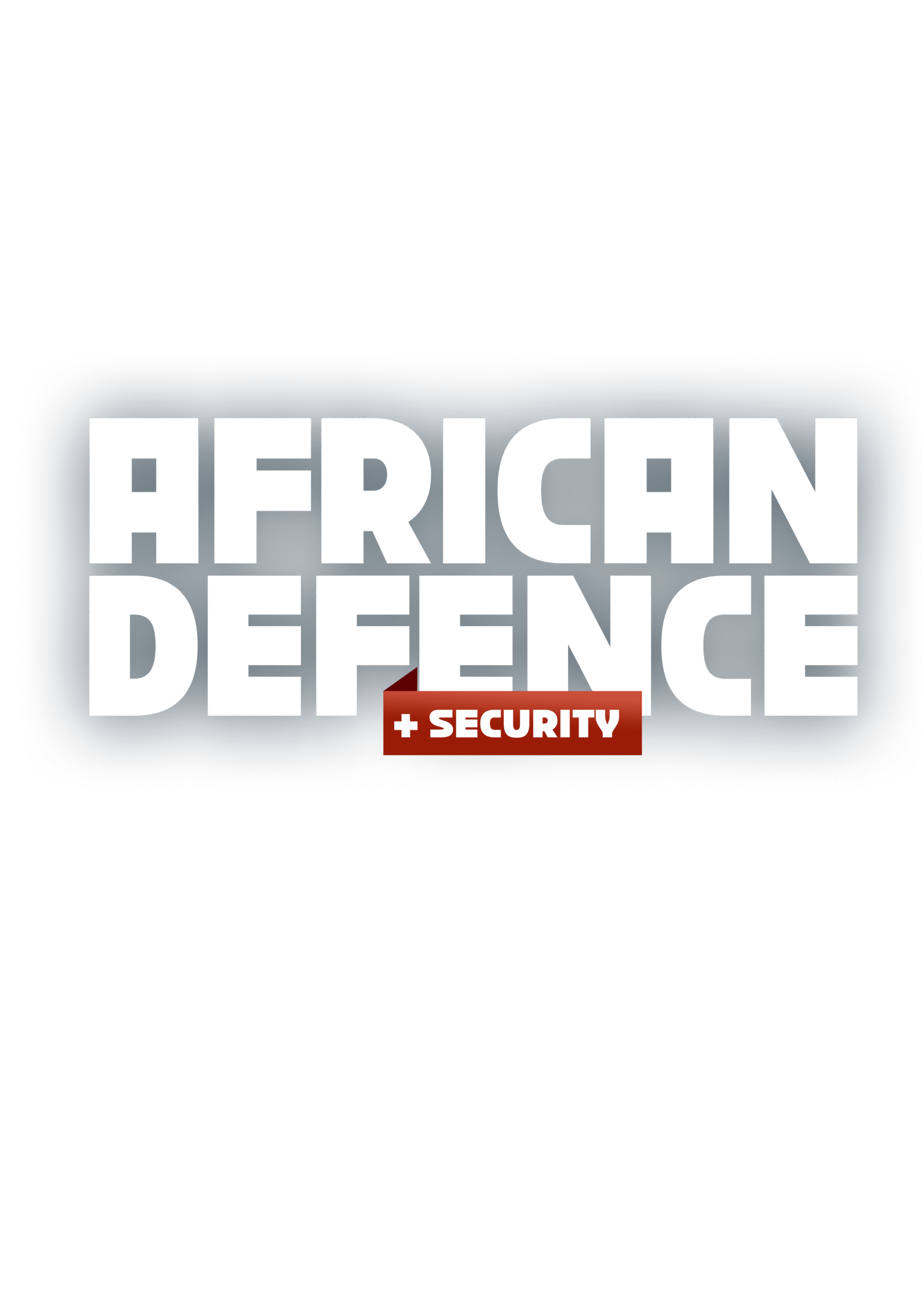
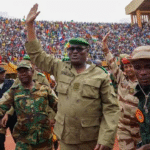



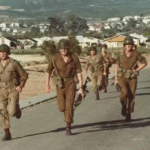
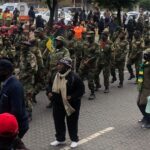


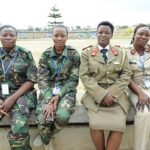
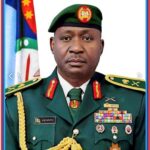
Leave a comment